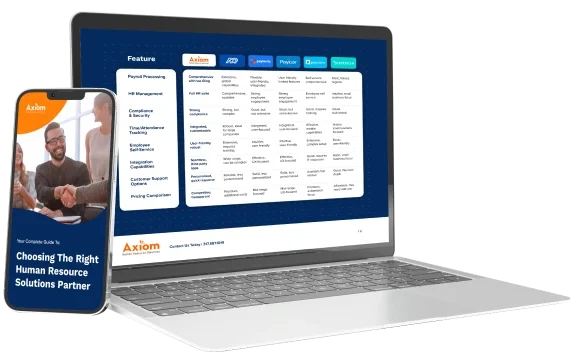
Real-Time HR is a series of real questions we receive that are then answered by qualified HR experts in the field. We publish these questions and answers to our blog to give readers accurate, timely information about trending HR topics.
Question:
What are protected classes or characteristics?
Answer from Kara, JD, SPHR:
Protected classes—also known as protected characteristics—come from several federal laws, though about half are from Title VII of the Civil Rights Act of 1964. Although we’re usually talking about them with respect to employment, they may also come into play in housing, education, and public accommodations.
The characteristics protected by federal law in employment settings include race, color, religion, age (over 40), sex (including sexual orientation, gender identity, and pregnancy), disability, national origin (including ethnicity and accent), genetic information (including that of family members), military service (past, present, or future), and citizenship or immigration status.
While you have a lot of leeway to make employment decisions as you see fit, you’re prohibited from making decisions based on a person’s inclusion in any of these protected classes. Refusing to hire or promote someone because they’re over 40, gay, or from Mexico, for example, would be unlawful discrimination under federal law. Many states also have their own anti-discrimination laws that protect additional characteristics, and employers should make sure they’re familiar with those.
We recommend including the full list of applicable protected characteristics in your employee handbook so that everyone is aware of them.
This Real-TIme HR post does not constitute legal advice and does not address state or local law.
Do you have an HR-related question? Send it to info@axiomhrs.com. We will answer it and share it on our blog.
